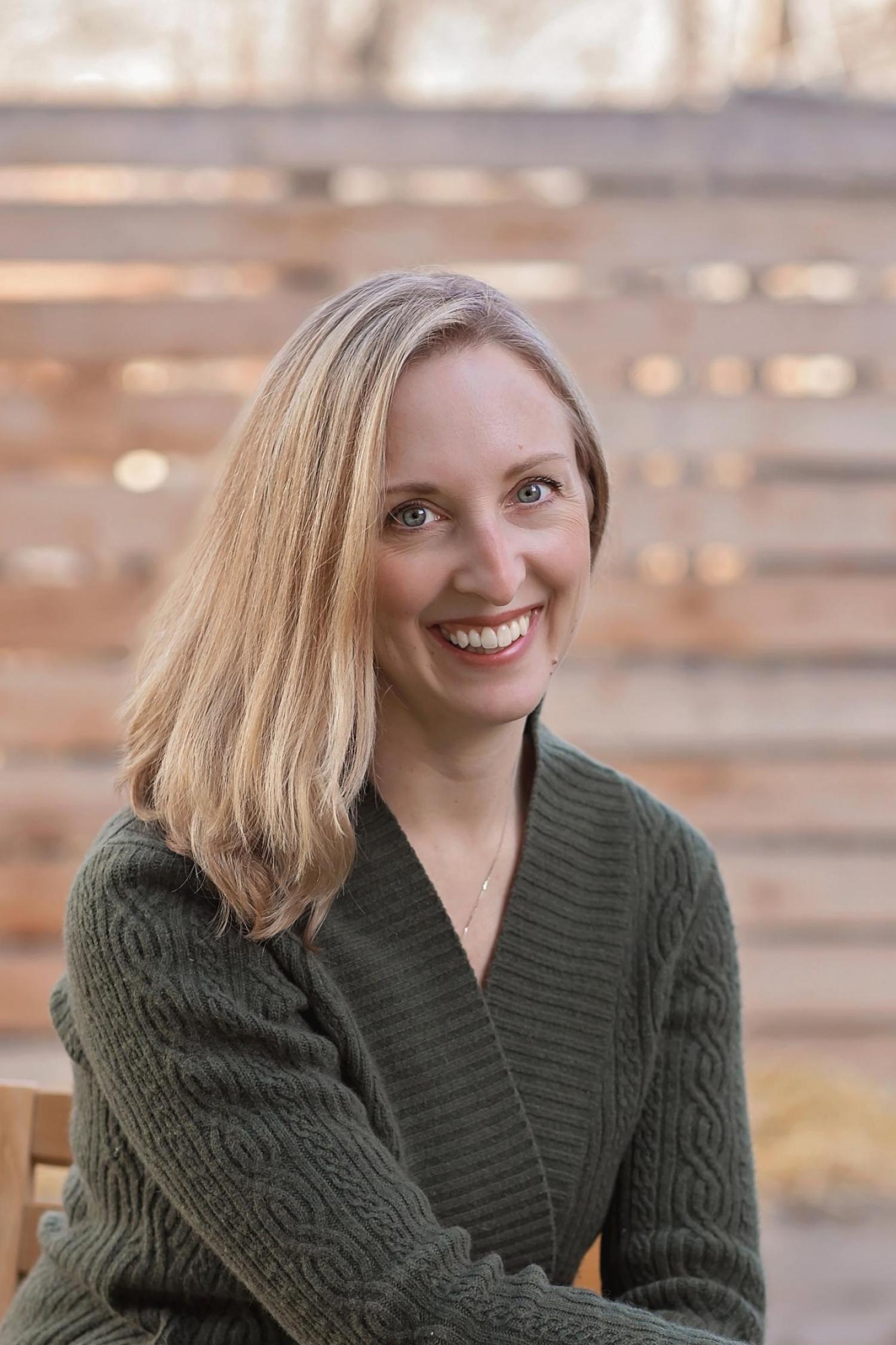Sabrina L. Spencer
- Associate Professor

Office: JSCBB B316
Lab Office: JSCBB B355
Lab Phone: 303-492-7794
Education
PhD: Massachusetts Institute of Technology, 2009
Postdoctoral Fellow: Stanford University, 2010-2014
Areas of Expertise
Bioinformatics and Computational Biology, Cancer Biology, Cell Signaling, and Systems Biology.
Awards and Honors
- 2021-2023 Damon Runyon Cancer Research Foundation - Rachleff Innovation Award
- 2021-2023 Mark Foundation for Cancer Research - Emerging Leader Award
- 2020 Provost’s Faculty Achievement Award, University of Colorado Boulder
- 2020 Kavli Fellow, National Academy of Sciences/Kavli Frontiers of Science
- 2018-2023 NIH Director’s New Innovator Award
- 2018-2022 Research Scholar Grant, American Cancer Society
- 2017-2021 Pew-Stewart Scholar Award
- 2016-2020 Beckman Young Investigator Award
- 2016-2019 Searle Scholar Award
- 2016-2018 Kimmel Scholar Award
- 2016-2019 Boettcher Foundation Early Career Investigator Award
- 2014-2017 K22 Career Development Award, National Cancer Institute, NIH
- 2013-2014 Robert and Mary Ann Forsland Postdoctoral Fellowship, American Cancer Society
- 2010-2013 Postdoctoral Fellowship, Damon Runyon Cancer Research Foundation
- 2004 Steinmetz Fellowship, Santa Fe Institute
Research in my lab is focused on understanding how signaling events control cell fate. Studying these processes in single cells reveals remarkable cell-to-cell variability in response to stimuli, even among genetically identical cells in a uniform environment. We seek to understand the sources and consequences of this heterogeneity in cellular response to stimuli such as growth factors, cell stress, and targeted cancer therapeutics. To do this, we develop genetically encoded fluorescent sensors for signaling events of interest and use long-term live-cell microscopy and cell tracking to quantify the dynamics of upstream signals and link them to cell fate (proliferation, quiescence, apoptosis, senescence.) Our long-term goal is to understand the normal mechanistic functioning of signaling pathways, to understand how these signals go awry in cancer, and eventually to alter the fate of individual cells.
Projects in the lab range from regulation of the cell cycle, to sensor and tool development, to more translational projects looking at the misregulated proliferation of cancer cells. We are actively recruiting new members, so if you would like to hear more about specific projects in the lab, please contact Sabrina Spencer at sabrina.spencer@colorado.edu.
See my NCBI bibliography for a full and up-to-date list
- Ashraf H, Fernandez B, Spencer SL. The intensities of canonical senescence biomarkers integrate the duration of cell-cycle withdrawal. (2023). In press at Nature Communications and posted to bioRxiv. doi: 10.1101/2023.03.18.533242.
- Hoffman TE, Nangia V, Ill CR, Passanisi VJ, Armstrong C, Yang C, and Spencer SL. Multiple cancers escape from multiple MAPK pathway inhibitors and use DNA replication stress signaling to tolerate aberrant cell cycles (2023). In press at Science Signaling and posted to bioRxiv. doi: 10.1101/2023.03.17.533211.
- Arora M, Moser J, Hoffman TE, Watts L, Min M, Musteanu M, Rong Y, Ill CR, Nangia V, Schneider J, Sanclemente M, Lapek J, Nguyen L, Niessen S, Dann S, van Arnsdale T, Barbacid M, Miller N, Spencer SL. Rapid adaptation to CDK2 inhibition exposes intrinsic cell-cycle plasticity (2023). Cell, 186(12):2628-2643.e21. doi: 10.1016/j.cell.2023.05.013.
- Min M, Rong Y, Tian C, Spencer SL. Temporal integration of mitogen history in mother cells controls proliferation of daughter cells (2020). Science, 368(6496):261-1265. doi: 10.1126/science.aay8241.


